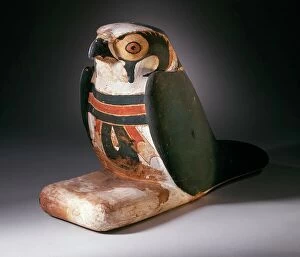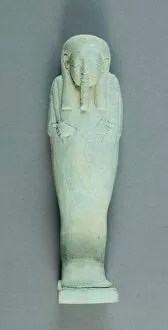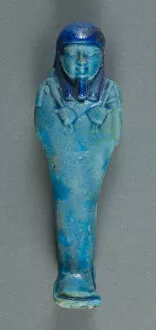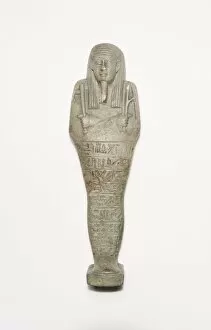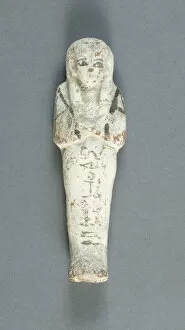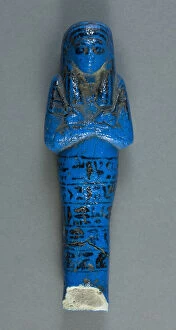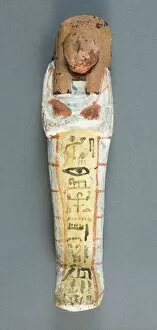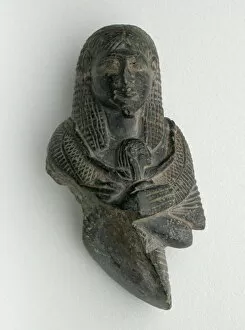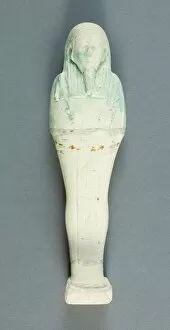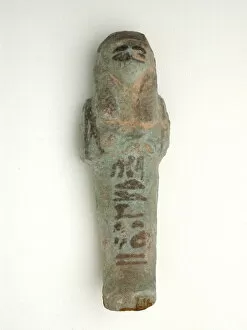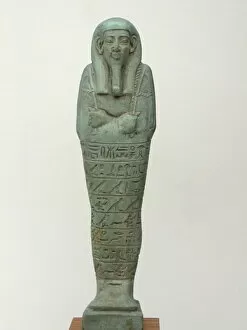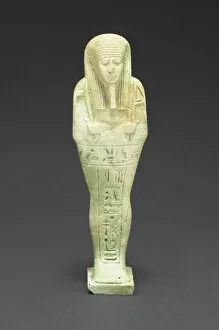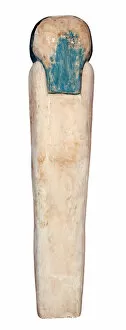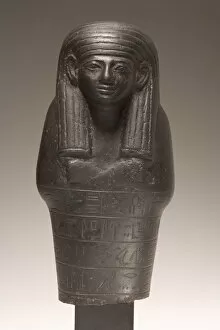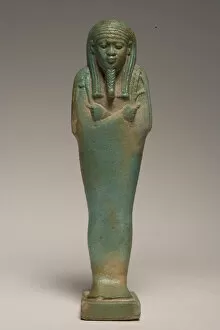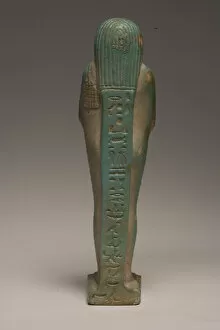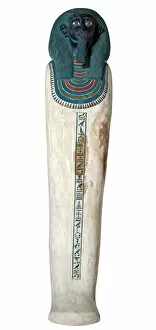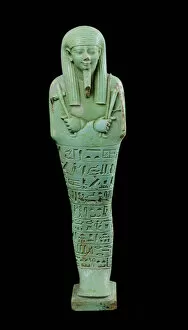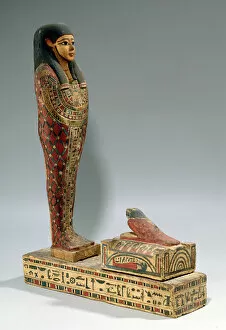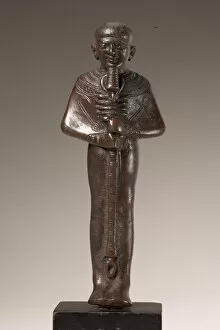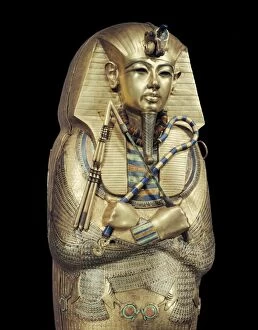Mummiform Collection
"Mummiform: Ancient Egyptian Funerary Figurines" Step into the world of ancient Egypt with these stunning mummiform artifacts
All Professionally Made to Order for Quick Shipping
"Mummiform: Ancient Egyptian Funerary Figurines" Step into the world of ancient Egypt with these stunning mummiform artifacts. The interior of one of the canopic coffins, discovered in the Tomb of Tutankhamun, showcases intricate designs crafted from beaten gold. These exquisite pieces offer a glimpse into the opulence and grandeur that surrounded pharaohs during the New Kingdom. Among these treasures are shabtis, small figurines placed in tombs to serve their owners in the afterlife. The Shabti of Henuttawy from Dynasty 21 stands as a testament to Egypt's Third Intermediate Period, showcasing delicate craftsmanship and attention to detail. The Overseer of Tchenetipet is another remarkable example from this era. Its elegant form captures the essence of an overseer's authority and power. Similarly, the Shabti of Padipepet from Dynasty 26 exhibits a unique style that reflects late period artistry. Moving forward through time, we encounter shabtis from Dynasty 30. These mysterious figurines were believed to come alive at night and perform tasks for their masters. Ushabti Horudja epitomizes this belief with its captivating presence. Shabtis also served as personal assistants for individuals such as Psamtek and Ankhefenkhonsu during different periods in Egyptian history. Their presence symbolized eternal servitude towards their owners even beyond death. The Shabti collection wouldn't be complete without mentioning Tantowy's figurine from Dynasty 21 or Pinudjem II's artifact representing Dynasty 21- both exemplify exceptional workmanship prevalent during this era. Lastly, Mayet's funerary figurine hailing from Dynasty 19 adds diversity to our assortment with its distinct features reflecting artistic styles specific to that period. These incredible mummiform artifacts provide us with invaluable insights into ancient Egyptian beliefs surrounding death and the afterlife.

